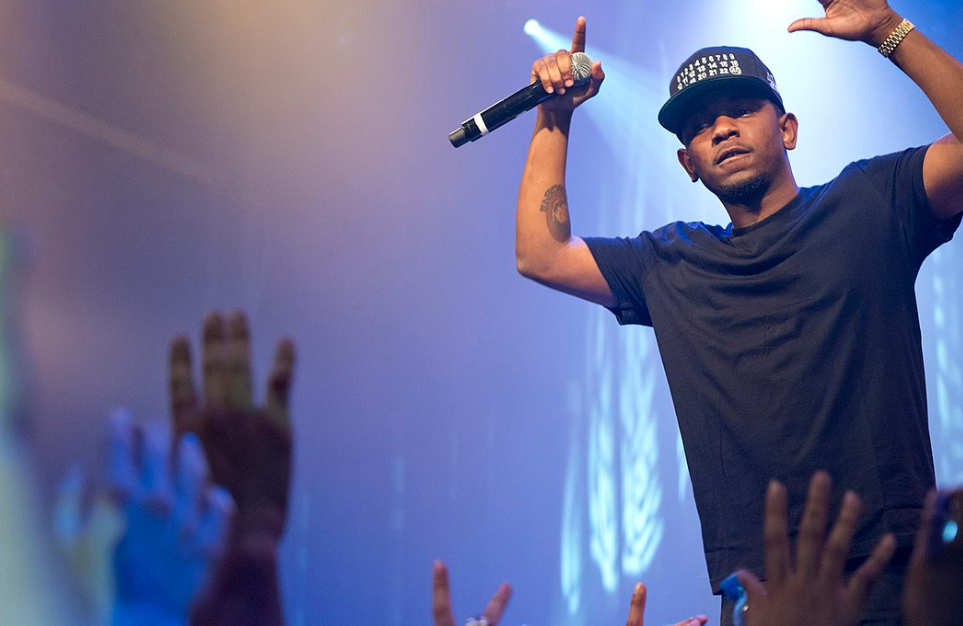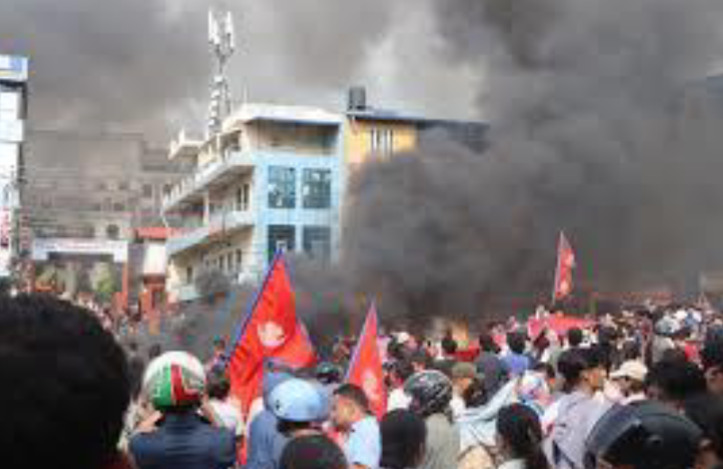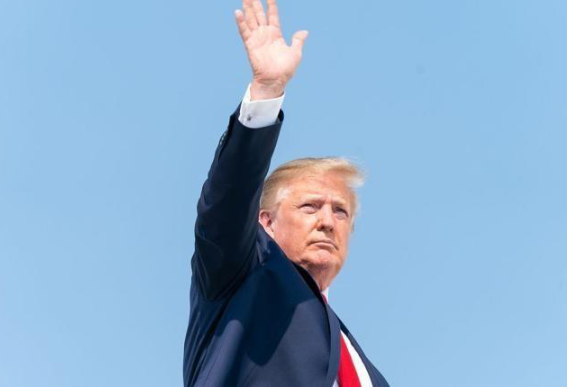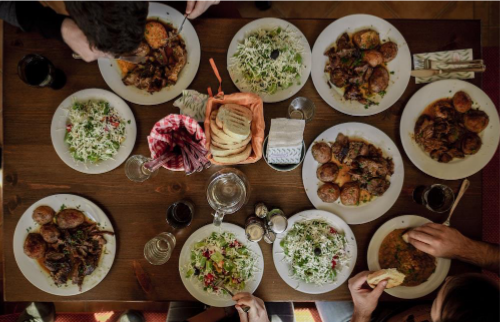In September, Kathmandu witnessed an unprecedented upheaval as Gen Z-led violent protests overran the Parliament. The youth of Nepal, angered by corruption and social media bans, forced the government to collapse. The situation escalated when the government banned twenty-six social media apps, and an SUV belonging to a minister tragically ran over an eleven-year-old, igniting the flames of protest.
Security forces responded with live rounds, resulting in at least nineteen deaths. Government buildings were set ablaze, leading to the resignation of Prime Minister K. P. Sharma Oli. An interim prime minister was appointed within the week after the parliament fell.
Nepal, where 56% of the population is under thirty, faces high unemployment and rampant corruption. Young people demanded new leadership, using platforms like Discord to organize and push for change. According to The New Yorker, protesters felt the government was “trying to silence us from speaking the truth online.”
Student Sienna Delcorsano ’26 commented, “People would riot here in the U.S., too, if social media got banned. It’s how people make money and spread information.” Another student, Lenny Peguero ’26, added, “It’s mostly teens and younger adults on social media, so it makes sense that they are the ones to riot and stand up for their rights.”
When asked about their message to Nepal’s youth, Delcorsano said, “It’s important to fight for your rights.” Peguero emphasized that Nepal “needs a positive influence and someone who isn’t corrupt.” Both students noted the protests as a testament to the power of young generations working together.
The Carnegie Endowment reported that Gen Z activists used online sites like Discord and TikTok to organize large marches and broadcast the protests live. The future of Nepal is now in the hands of its youth, as they strive to transform a corrupt system into a genuine reform.




















